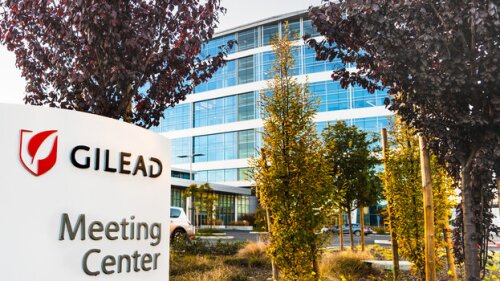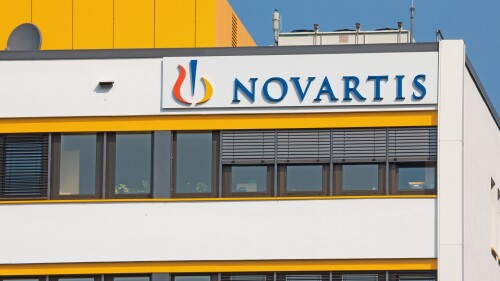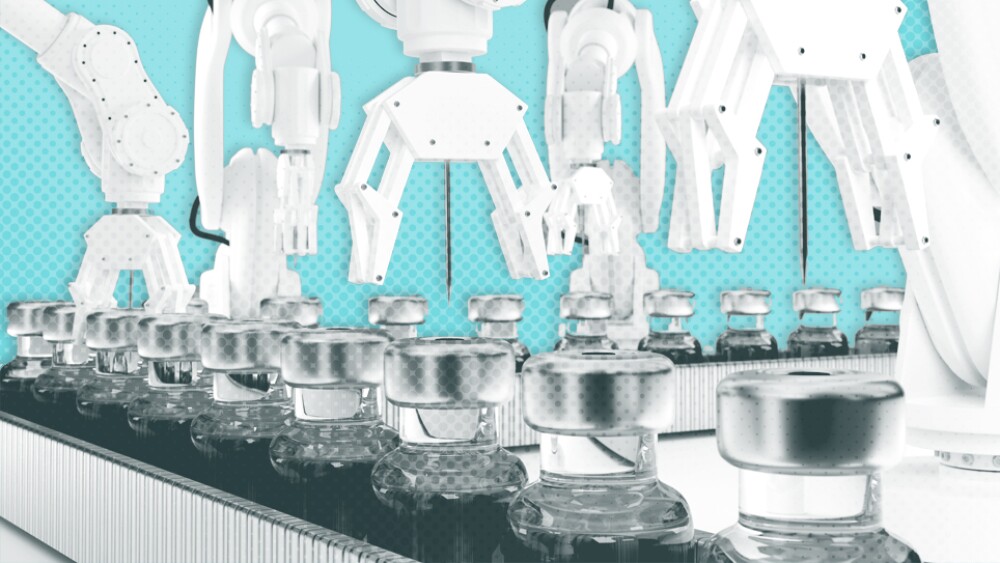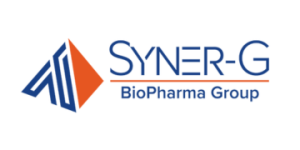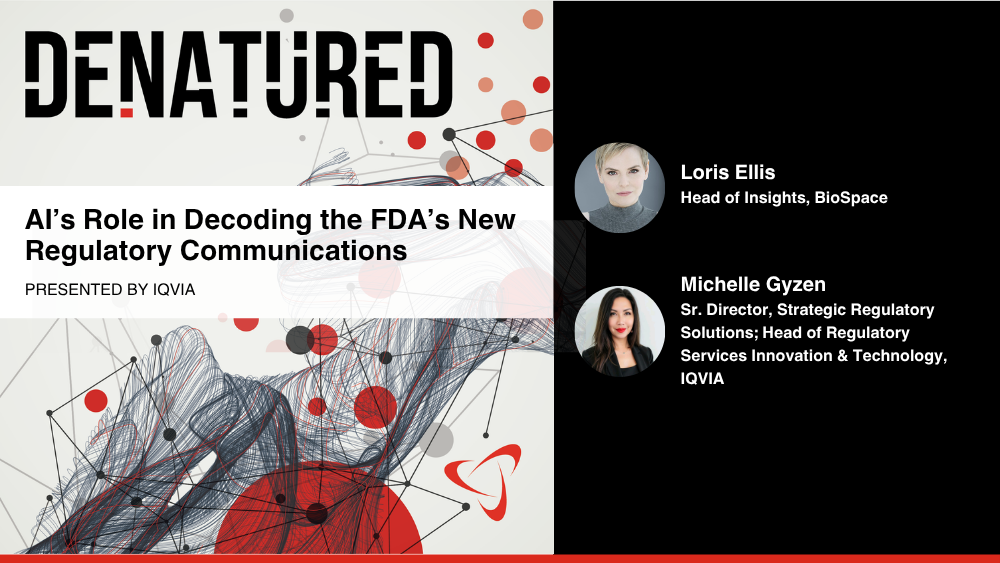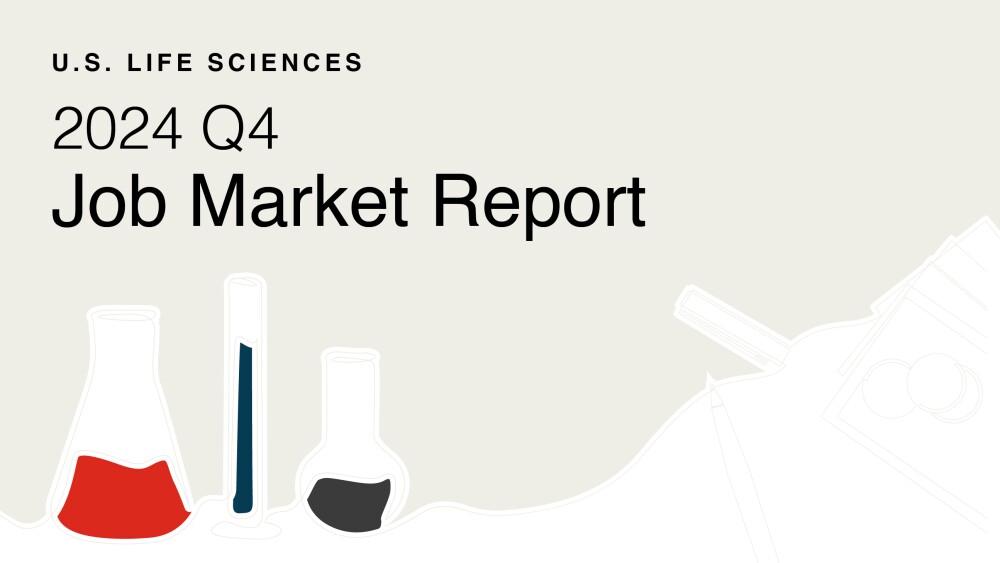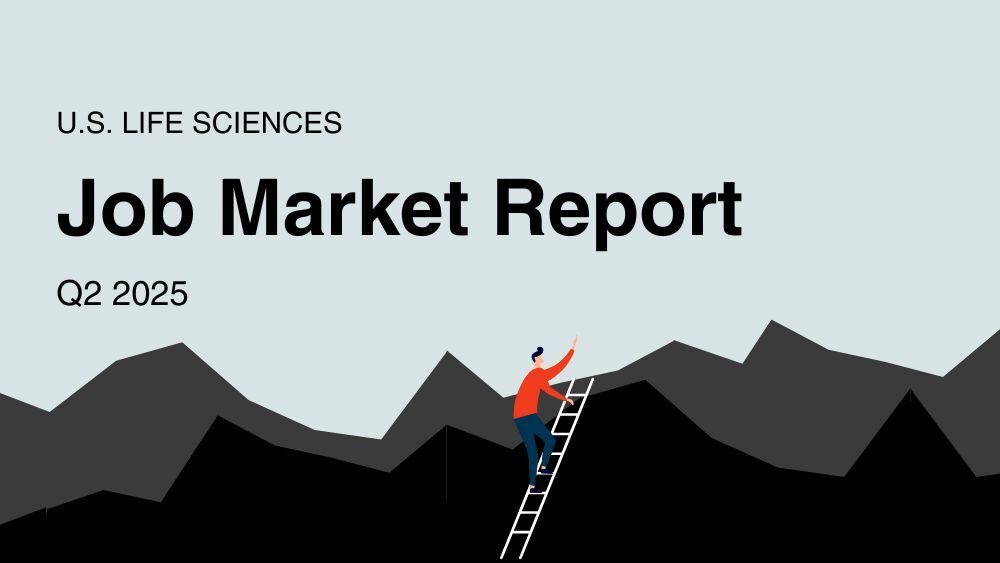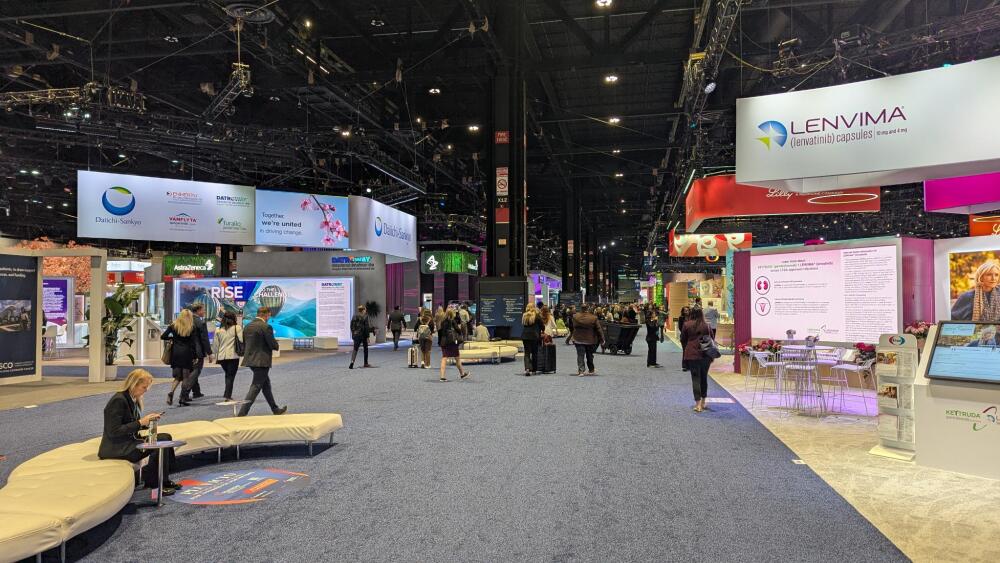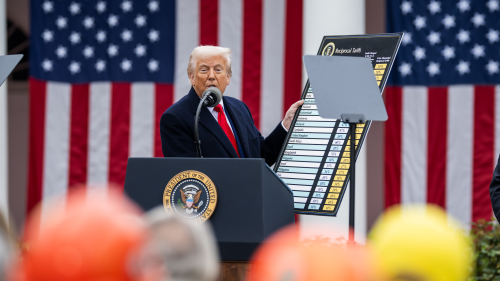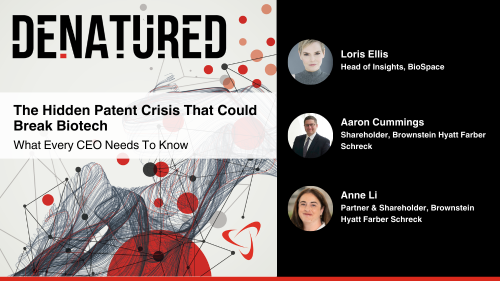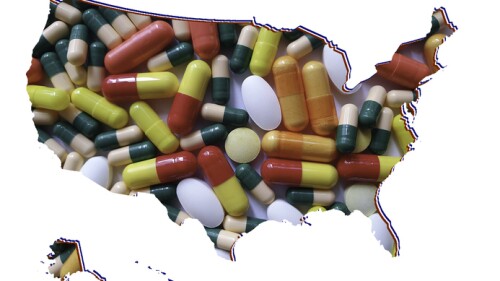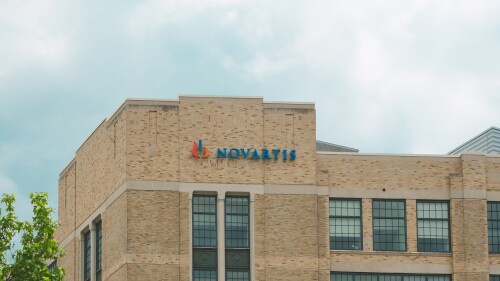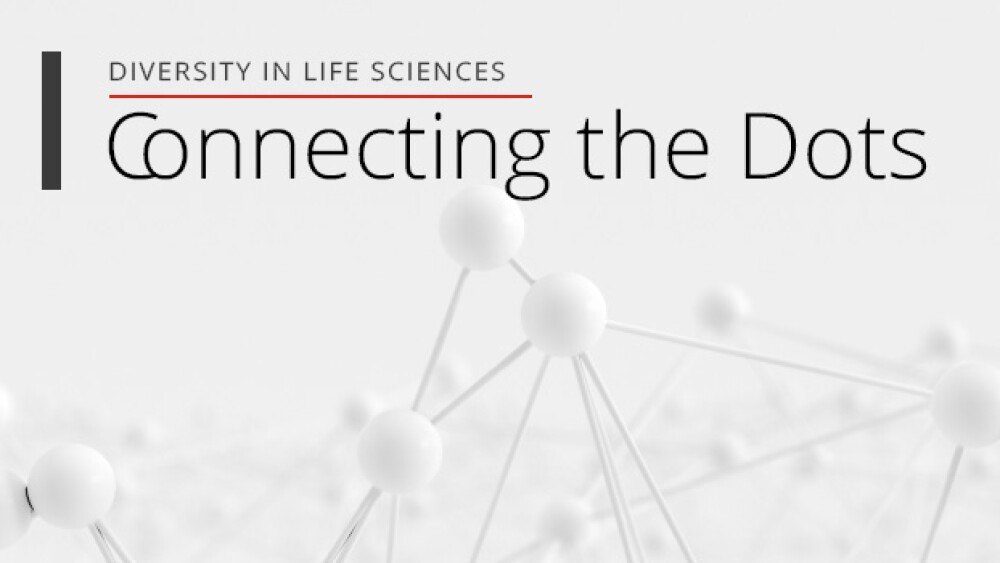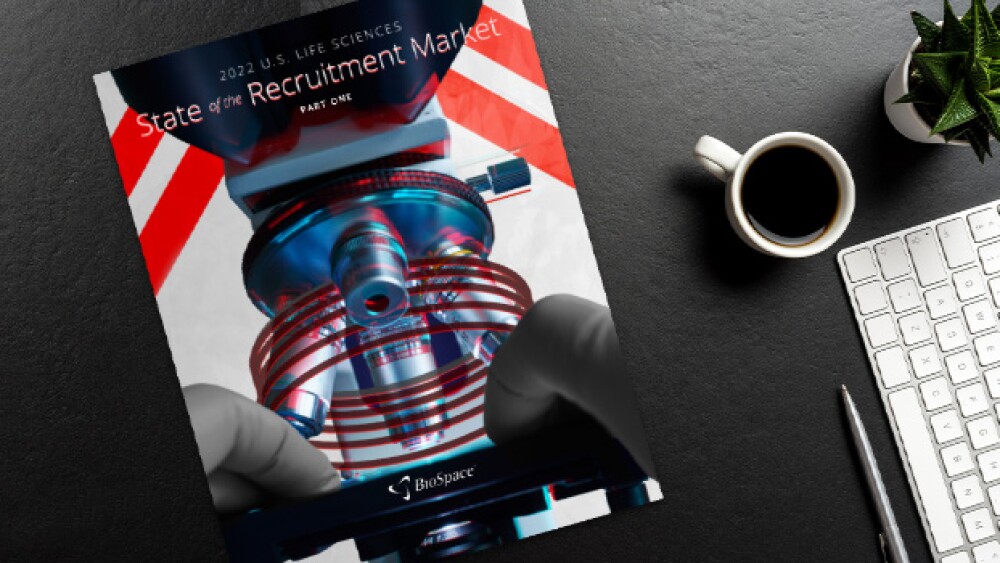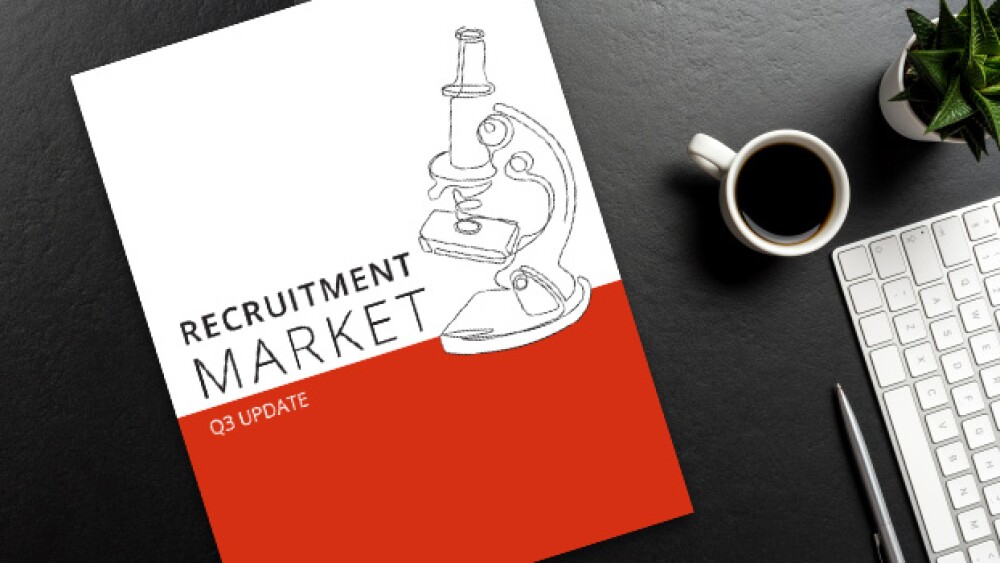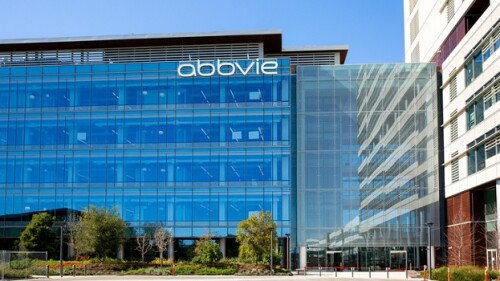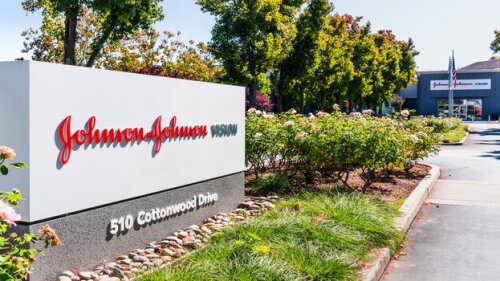In a livestreamed meeting Tuesday afternoon, Health Secretary Robert F. Kennedy Jr. drew a dark portrait of the state of America’s health while addressing the MAHA Commission’s most recent report, which includes plans to research potential links between vaccines and rising rates of chronic disease.
After receiving a complete response letter for its pyruvate dehydrogenase complex deficiency candidate, Saol Therapeutics anticipates it will need “several years” and “significant financial resources” to address the FDA’s concerns.
Truist Securities called pumitamig’s data on Monday “very reassuring,” given the consistency between its performance in Chinese and global patient populations.
Novartis has been investing heavily in its cardiovascular pipeline this year, forging partnerships with Flagship startup ProFound Therapeutics and China’s Argo Biopharmaceutical, among others.
Regeneron’s antibody duos significantly lowered eye itching and redness, as well as pin prick reactivity, in people with cat and birch allergies. Still, BMO Capital Markets expressed uncertainty about the assets’ “commercial potential in a highly generic market.”
The 2025 Bioprocessing Summit revealed knowledge gaps and changing mindsets. As some companies look towards the future, others struggle with the present and past.
FEATURED STORIES
Arguably the FDA’s most anticipated decision this month is for a subcutaneous induction formulation of Biogen and Eisai’s Alzheimer’s drug Leqembi, which, according to Eisai, could “help reduce the burden on healthcare professionals and patients.”
Here are five oral obesity candidates that, according to Mizuho’s Graig Suvannavejh, could change the weight loss game.
Out-licensing drugs to multinational corporations is a natural step for Chinese biotechs, but the recent rise in deals is only scratching at the surface of partnership-ready biotechs in the region.
While a substantial portion of pipeline assets are externally sourced, many Big Pharmas are tapping into incubators and venture funds to uncover cutting-edge scientific trends, determine their future focus points and even carve out a niche in an emerging geographical hotspot.
From innovation in manufacturing to more-flexible regulation and better communication with payers, much needs to happen to make CGTs commercially viable. But it is possible, experts agreed at a recent panel.
The primary focus in scaling up production should first be the adoption of lean manufacturing principles used in virtually every other industry.
FROM BIOSPACE INSIGHTS
Eli Lilly and Company has invested more than $20 billion in its manufacturing capabilities since 2020 to help meet high demand for its medicines. Its recently announced Lilly Medicine Foundry—which will support research and development efforts—is just the latest example of the ability to research new ways of producing medicines, while also scaling up manufacturing of medicines for clinical trials.
LATEST PODCASTS
HHS Secretary Robert F. Kennedy Jr. made waves this week, firing the remaining members of the CDC’s Advisory Committee on Immunization Practices; Metsera’s amylin drug produced weight loss of 8.4% at 36 days; and FDA leaders gathered last week to discuss the future of cell and gene therapy, a sector that has been in turmoil since the ousting of CBER Chief Peter Marks.
In this episode of Denatured, presented by IQVIA, BioSpace’s head of insights Lori Ellis discusses how AI transformation can help organizations navigate a rapidly evolving regulatory environment with senior director of regulatory innovation and technology, Michelle Gyzen.
Sanofi and BMS paid big money for rare disease and cancer assets, while Regeneron got in the obesity game; AstraZeneca, Gilead and Amgen shone at ASCO; RFK Jr. and the CDC appeared to disagree over COVID-19 vaccine recommendations and several news outlets are questioning the validity of the White House’s Make America Healthy Again report.
Job Trends
The Philadelphia market has gained recognition not only for its cell and gene therapy sector but also its real estate scene and talent pool. Vittoria Biotherapeutics, Interius BioTherapeutics and Chamber of Commerce for Greater Philadelphia executives share why the area is a life sciences hot spot.
Subscribe to Genepool
Subscribe to BioSpace’s flagship publication including top headlines, special editions and life sciences’ most important breaking news
SPECIAL EDITIONS
In this deep dive, BioSpace explores the next big thing in obesity.
BioSpace did a deep dive into biopharma female executives who navigated difficult markets to lead their companies to high-value exits.
BioSpace data show biopharma professionals faced increased competition for fewer employment opportunities during the second quarter of 2025, with increased pressure from further layoffs.
DEALS
-
The cancer conference overwhelms the senses and shows off the might of the pharmaceutical industry.
-
Blueprint has a next-generation systemic mastocytosis treatment, called elenestinib, that Sanofi CEO Paul Hudson told analysts provides an “opportunity to grow through the ‘30s.”
-
Bristol Myers Squibb is dropping at least $3.5 billion to jointly develop the bispecific antibody, which will race with Summit Therapeutics, Merck and Pfizer in the crowded PD-1/PD-L1xVEGF space.
-
AstraZeneca has put hundreds of millions of dollars into AI deals, with an eye toward not just accelerating the development of drugs that treat cancer after it appears but also in creating diagnostics that can catch cancer earlier than current methods allow.
-
The acquisition of SiteOne provides a bit of diversification for Lilly, which has burrowed into the obesity and diabetes space with mega-blockbuster tirzepatide and several follow-on molecules.
WEIGHT LOSS
-
With PN-477, Protagonist is directly going up against Eli Lilly, which is advancing retatrutide, also a triple-G agonist, in a Phase II trial.
-
Altimmune’s pemvidutide failed to significantly improve fibrosis in MASH patients in a Phase IIb study. The biotech crashed 53% in the aftermath of the readout.
-
In the race to make the most tolerable obesity drug, there seems to be no clear winner—at least not according to analysts parsing the data presented at the American Diabetes Association annual meeting this week.
-
Eli Lilly’s tirzepatide is expected to be worth $62 billion annually by 2030, according to Evaluate. That valuation would be three times larger than what AbbVie’s blockbuster Humira ever achieved.
-
Robert F. Kennedy Jr. testified in front of largely combative congresspeople on vaccine policy, his MAHA report and more; the mass leadership exodus at the FDA continues as CDER and CBER shed key staff; Kennedy’s revamped CDC vaccine advisors convene for their first meeting; Novo and Lilly present new data at the American Diabetes Association’s annual meeting; and BioSpace recaps BIO2025.
POLICY
-
The HHS secretary recently canceled $500 million worth of BARDA contracts around mRNA vaccine research. But the U.S. government has already spent billions on this work, which has saved millions of lives.
-
Citing other priorities—such as the upcoming U.S.-Russia summit—four anonymous sources claim that pharma tariffs could still be weeks away, according to Reuters.
-
In this episode of Denatured, BioSpace’s head of insights Lori Ellis discusses the ‘enormous implications’ of patent policy changes with Aaron Cummings and Anne Li of Brownstein Hyatt Farber Schreck.
-
Alastair Thomson, chief data officer at the HHS sub-agency, announced his resignation in opposition to Health Secretary Robert F. Kennedy Jr.'s “stupid” decision to cancel $500 million worth of contracts focused on mRNA technology.
-
The stop order came on Aug. 5, the same day Health Secretary Robert F. Kennedy Jr. terminated 22 mRNA vaccine projects under the Biomedical Advanced Research and Development Authority, though Vaxart’s candidate is protein-based.
For reasons including downsizing, avoiding retirement and a tight labor market, senior-level biopharma professionals are increasingly turning to fractional roles, according to two recruitment experts.
Massachusetts’ biopharma jobs increased 2.6% in 2023, according to the MassBio Industry Snapshot. Whether the state’s jobs grow in 2024 remains to be seen based on this year’s layoffs and seemingly slowed hiring based on BioSpace data.
To avoid being laid off, a third of biopharma professionals would take a pay cut and nearly a quarter would take a demotion, according to BioSpace LinkedIn polls. We spoke to several professionals about their layoff experiences and what they would—and wouldn’t—have done to keep their jobs.
Plus, learn how to handle vacation time in a new job and navigate the stress of a recent promotion to leadership.
A BioSpace LinkedIn poll showed that just 19% of respondents believe biopharma professionals need Ph.D.s for scientist roles.
Employers have adjusted to higher salaries. That also means they’ve become adamant they get specific skill sets, according to Greg Clouse, BioSpace recruitment manager.
HOTBEDS
REPORTS
In the final instalment of our Diversity in Life Sciences series, BioSpace provides life sciences organizations with practical solutions and benchmarking data to strengthen their DEI initiatives.
BioSpace surveyed industry employers and professionals to understand what to expect from the recruitment market in 2022. What do professionals want? How difficult will it be to recruit new talent?
Get up to speed with BioSpace’s data with up-to-date info about retention, layoffs, “quiet quitting” and projections for 2023.
CANCER
-
In this episode presented by Eclipsebio, BioSpace’s head of insights Lori Ellis discusses mRNA and srRNA with Andy Geall of Replicate Bioscience and Alliance for mRNA Medicines, and Pad Chivukula of Arcturus Therapeutics.
-
The deal, which involves a $700 million upfront payment, gives AbbVie access to ISB 2001, a clinical-stage first-in-class trispecific antibody currently being tested for certain kinds of multiple myeloma as well as autoimmune indications.
-
The deal marks an end for CAR T company Cargo Therapeutics, which has been slashing its workforce and cutting programs since the January decision to halt its lead candidate for a certain type of aggressive large B cell lymphoma.
-
TIGIT-targeting therapies have largely disappointed in recent months, with failed studies, terminated partnerships and shuttered businesses. Here are five biopharma players staying alive with differentiated candidates against the once promising immuno-oncology target.
-
While it trails Johnson & Johnson’s Tecvayli, Regeneron still hopes Lynozyfic can differentiate in terms of dosing convenience and efficacy.
NEUROSCIENCE
-
Around 3,500 FDA employees received termination emails; FDA Commissioner Marty Makary suggests lowering industry user fees and tying review times to drug prices; the regulator opens its trove of complete response letters in the name of transparency; and two companies receive rejections for rare disease therapies.
-
More than thirty years since its 1993 founding, Catherine Owen Adams and Elizabeth Thompson—the R&D combo that has led Acadia since last year—are managing two products on the market and a pipeline estimated to be worth an additional $12 billion in sales.
-
Takeda’s oveporexton improved wakefulness, attention and other key narcolepsy endpoints “with a high degree of statistical significance,” according to Jefferies analysts.
-
The development saga for the depression molecule has been rocky for years, unable to ease symptoms in multiple late-stage trials.
-
Market reaction to recent readouts from Compass Pathways and Beckley Psytech/atai in treatment-resistant depression speaks to the hurdles psychedelic therapies must clear to quell concerns about commercial viability.
CELL AND GENE THERAPY
-
The well-respected director of the FDA’s cell and gene therapy office was seen as a stabilizing and trustworthy voice inside the quickly reshaping FDA, especially since the late-March exit of CBER Director Peter Marks.
-
Another patient has died from acute liver failure after receiving Sarepta’s gene therapy for DMD ; After a quiet start to the year, M&A is back with one deal for a gene editing biotech reinvigorating that sector; and RFK Jr. installs a suite of new vaccine board members who share his skeptical views on vaccines.
-
The pending deal was rumored overnight after a report from the Financial Times, spurring analysts to speculate that if true, the entire gene editing space would see a boost at the markets.
-
Analysts at Truist Securities called J&J’s CAR T readout “compelling,” noting that the efficacy figures could position the cell therapy as a formidable competitor to the current standard of care, Gilead’s Yescarta.
-
Sarepta’s shares crashed 41% in premarket trading Monday morning to $21.01 after the biotech reported a second death from acute liver failure, a known side effect of adeno-associated virus-based gene therapies.


